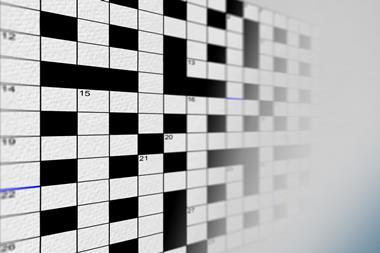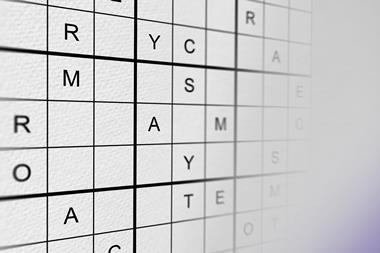Chloroform: the quest for oblivion
Chloroform: the quest for oblivion
Linda Stratmann
Stroud, UK: Sutton Publishing | 2004 | 288pp | ?8.99 (SB) | ISBN 0750930993
Reviewed by David Tiller
This book outlines the fascinating history of the uses and abuses of chloroform from its discovery in 1831 to the present day.
Chloroform was the second great anaesthetic. Ether had worked well but it had shown several disadvantages. It could irritate the throat, so that patients tended not to inhale the gas deeply enough or long enough to produce insensibility and it was also worryingly explosive.
James Young Simpson, professor of midwifery in Edinburgh, discovered the anaesthetic effects of chloroform. His investigations were simple but dangerous: he got samples of any substance with a ’breatheable vapour, inhaled them from a tumbler, and made notes of his reactions’. Four days after being knocked out by chloroform in November 1847, he used it successfully in an obstetric case.
Chloroform revolutionised surgery, which since the Middle Ages had been a terrifying and bloody affair. Surgeons could only perform operations which took a few minutes, with six lusty men holding the patient down. Now, with chloroform much longer operations could be attempted. But it wasn’t long before doctors realised that there was also a downside to chloroform, as its use seemed to be involved in hundreds of sudden deaths. The reasons for these deaths were hotly debated in the medical press - did chloroform affect the heart or the respiration? Opposition to its use in childbirth was only silenced when Queen Victoria used it in her last two confinements. In warfare, there was initial prejudice against using chloroform but it soon proved to be invaluable on the battlefield.
From the outset there was a dark side to chloroform since it was used for various forms of wrongdoing - the author narrates some famous criminal cases involving its use. Examples include that of Adelaide Bartlett, whose acquittal on the charge of murdering her husband with chloroform prompted a judge’s hope that she would now ’tell us how she did it’.
Fascinating characters populate the pages - Samuel Guthrie, who survived several explosive experiments to become the discoverer of chloroform; William Thomas Stead, the crusading journalist who used chloroform in his attempt to expose the Victorian trade in young girls; John Snow, whose administration of chloroform to Queen Victoria prompted her to pronounce the effect ’delightful beyond measure’; and Webster Mudgett (aka Henry Howard Holmes), who holds the dubious distinction as ’America’s first serial killer’.
Chloroform continued to be used until newer, safer anaesthetics such as halothane began to be used in the 1950s but it is still used today in water disinfection, DNA extraction, chemical synthesis etc.
This well-researched book has been written for laymen but chemists and physicians will enjoy reading it and learn much from it.












No comments yet